So, Tata has finally taken the wraps off its new flagship electric SUV. It's called the Harrier EV. The price? Rs 21.49 lakh, introductory. And yes, bookings open July 2. That gives you time to make peace with the fact that this is Tata's first AWD vehicle since the Safari Storme.
Looks familiar? It should.
On the outside, this is the Harrier you've seen before. Except someone clearly told it to hold its breath. The grille has vanished, replaced by a smooth, sealed panel that's more wind-cheating than air-gulping. The bumper's been resculpted with some linear drama. It rides on 19-inch aero-optimised alloys, there's a bit of 'EV' bragging on the doors, and a tiny nameplate that now reads Harrier. EV. No loud branding. Just enough to tell your neighbours that you're modern.
Dimensionally, it's 2mm longer and 22mm taller than the diesel version. Wheelbase? Still 2,741mm. There's a Stealth Edition too, essentially Tata's Dark Edition wearing sunglasses indoors. It comes with all-black everything, for those who think colour is overrated.
Inside, it gets clever. Quietly.
Step inside, and it's mostly familiar turf, but with a new centrepiece: a 14.53-inch Samsung Neo QLED screen. It's the world's first in a car, which means your maps might look better than your living room TV. A 10.25-inch digital cluster backs that up, and there's a four-spoke steering wheel with an illuminated Tata badge, presumably for nighttime inspiration.
There's a generous 502 litres of boot space (999 litres with the second row down), and even a frunk. Features? Yes, all of them. A panoramic sunroof, ventilated and powered front seats, ambient lighting, JBL audio with Dolby Atmos 5.1, six terrain modes, terrain-customised drive modes, and even Auto Park Assist. It's a list long enough to rival your weekend grocery spreadsheet.
The Harrier EV also introduces TiDAL—Tata Intelligent Digital Architecture Layer, which powers everything from OTA updates to in-car payments. There's also a 540-degree camera setup with kerb detection, and something called DrivePay that lets you pay for tolls and charging without your phone.
Two battery options. Four drive modes. One Drift button.
Under the skin, it uses Tata's Act, i.e, the. V platform, refined since its Punch EV debut. Entry-level variants get a 65kWh battery powering a single rear motor, good for 238bhp. The top trim brings a 75kWh battery and twin motors, one on each axle, sending 313bhp and 504Nm to all four wheels. In Boost mode, the AWD variant hits 0–100 kmph in 6.3 seconds. Not bad for a two-tonne family chariot.
Certified range? 627km for the RWD 75 kWh variant. Tata's internal test cycle (C75) gives it a more believable 480–505km. It supports 7.2kW AC charging (0–100% in 10.7 hours) and 120kW DC fast charging (20–80% in 25 minutes).
There's four-level regenerative braking, a Transparent Mode that shows what's underneath the car on the central display (ideal for trail peeking), and something called Off-road Assist. That's low-speed cruise control for tough terrain. Like sand. Or Delhi traffic. Oh, and there's a Drift mode. Because why not
Safety and tech that might just drive itself
The Harrier EV packs six airbags as standard (seven on top trims), blind spot monitoring, ESC, dashcam, and Level 2 ADAS tailored to Indian roads. The live-stitch camera view is a segment-first and could save your alloys more than once.
Price and rivals
As it stands, the Harrier EV Adventure starts at Rs 21.49 lakh. This is the single-motor 65 kWh version. Prices for Fearless and Empowered trims will follow. All buyers get a lifetime battery warranty, which sounds like a challenge to its rivals.
And yes, the rivals. It undercuts the BYD Atto 3, goes toe-to-toe with the Mahindra XEV 9e, and costs more than the base BE 6. But it offers AWD, more range, more screens, and, well, more stealth.





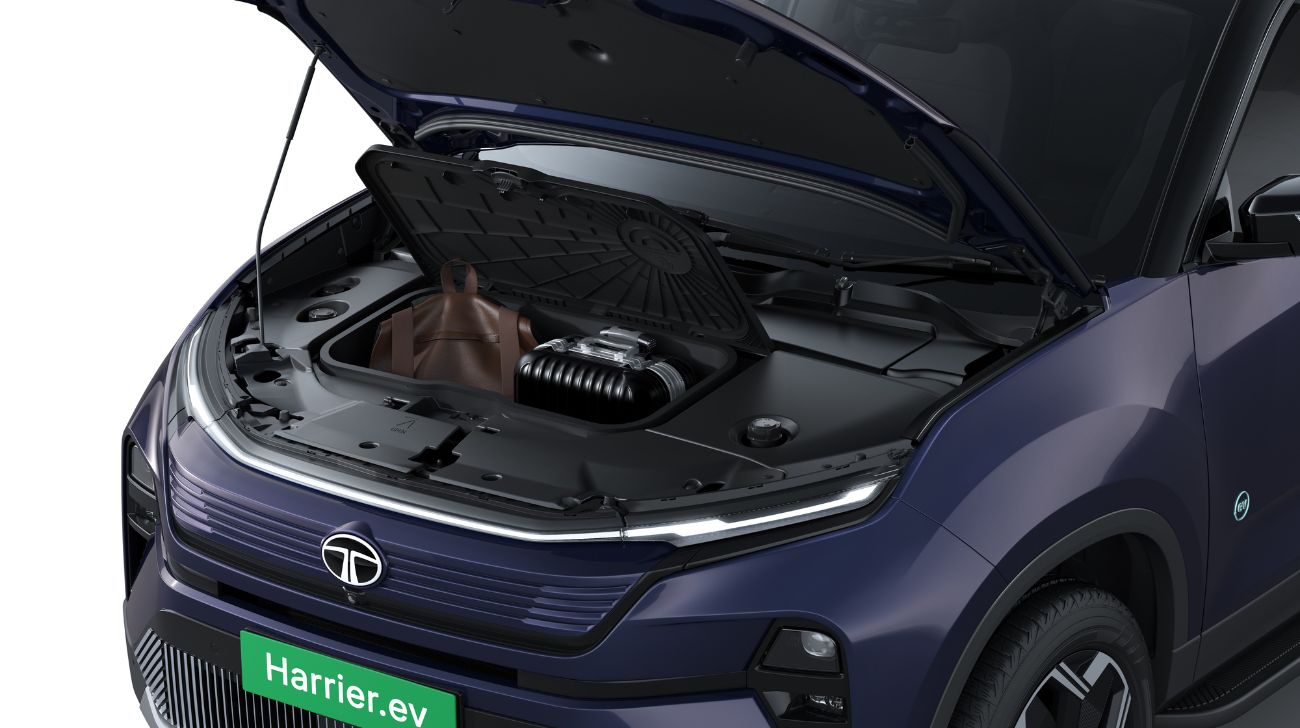
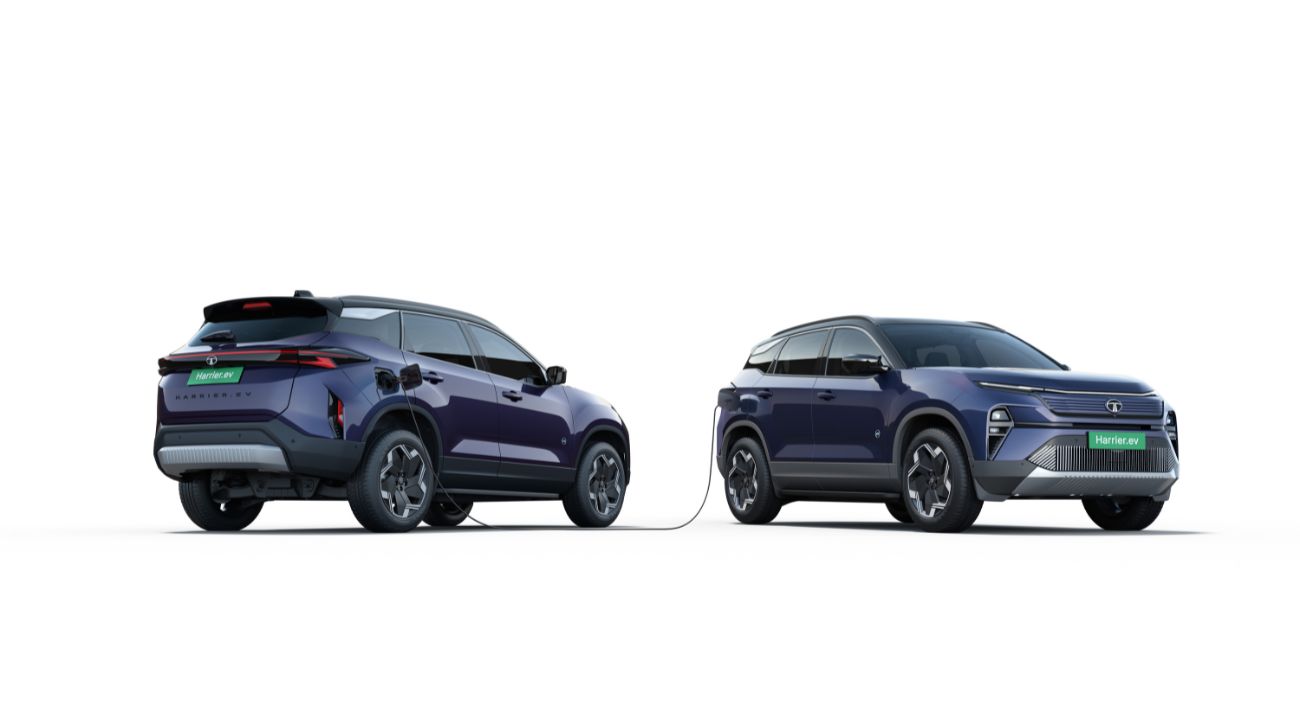

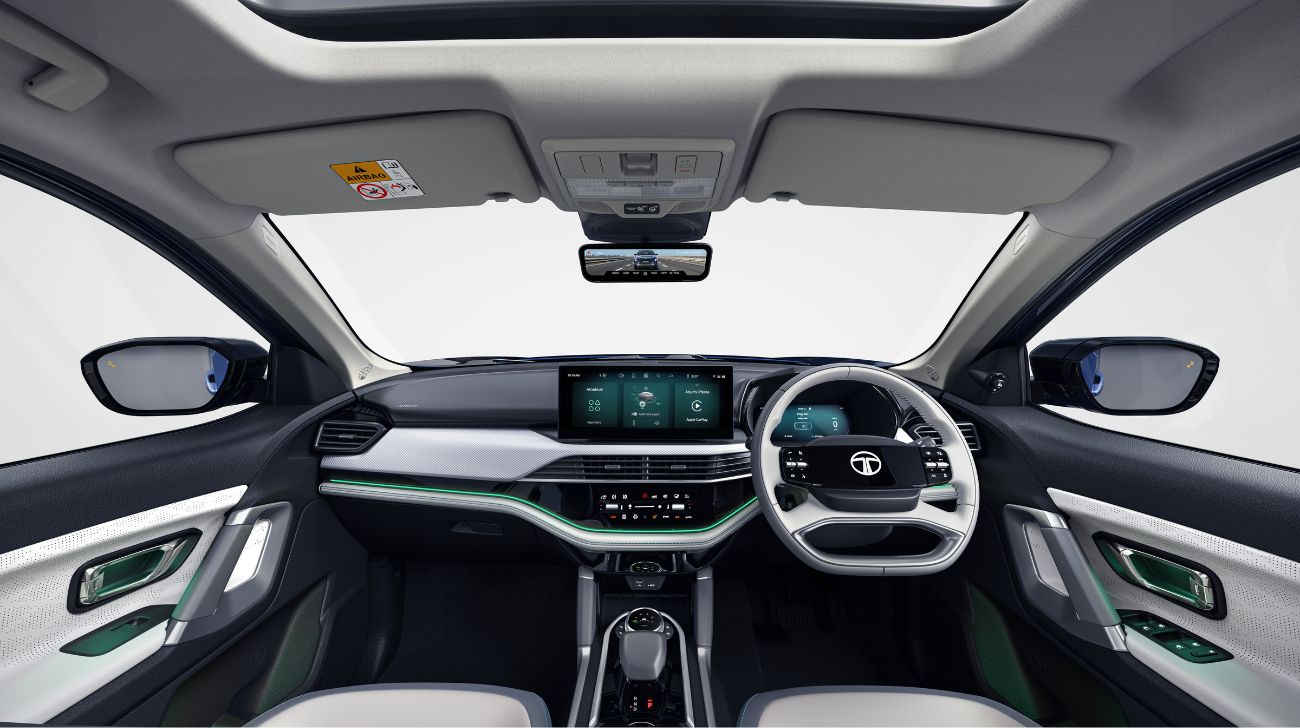


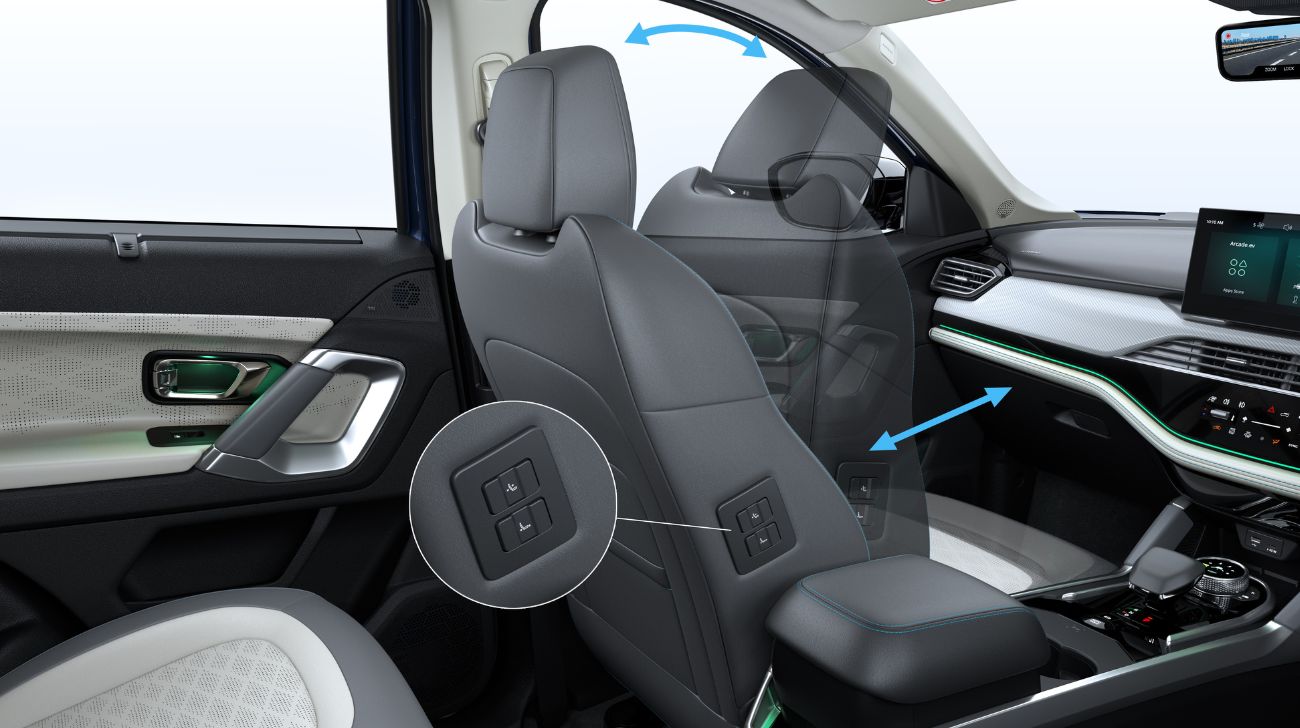

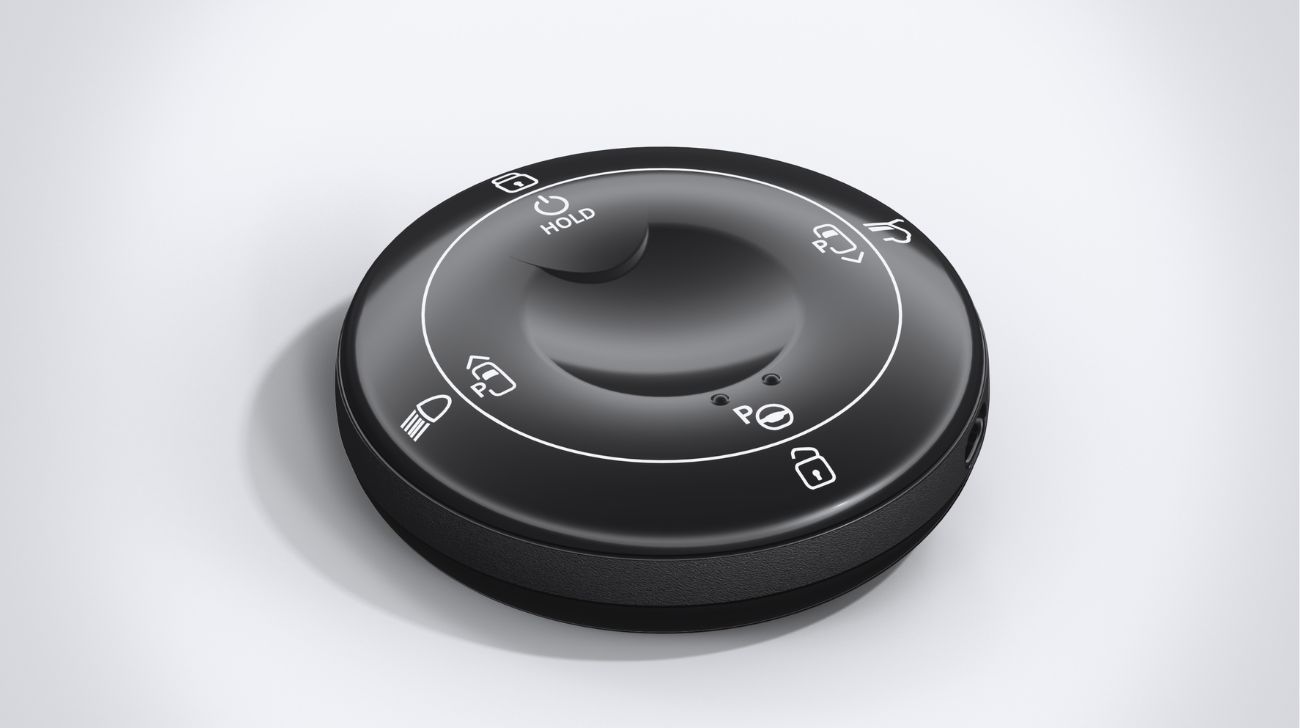


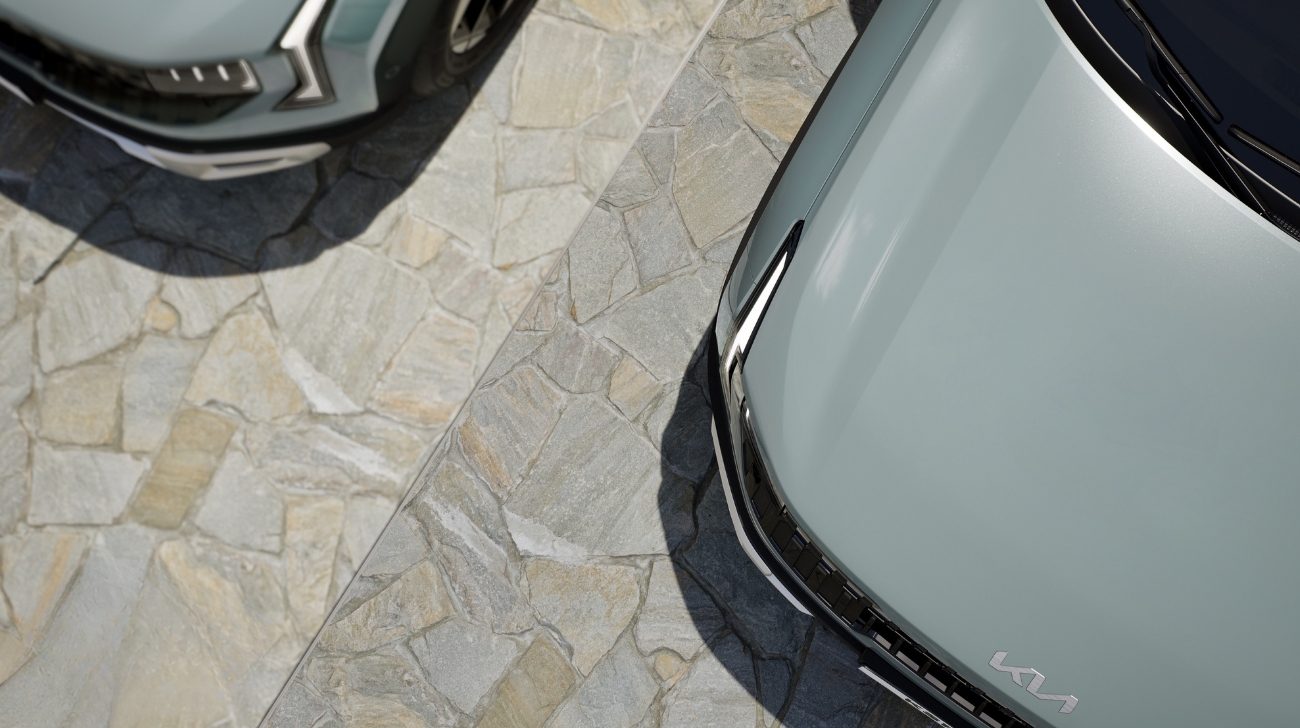
.jpg)